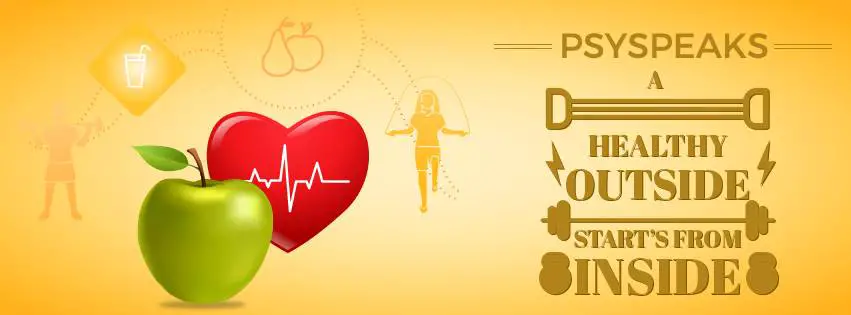
Introduction
Migraines are a type of headache that can cause severe pain, nausea, vomiting, and sensitivity to light and sound. They can be debilitating and can interfere with daily life.
There are a number of different treatments for migraines, including medication, lifestyle changes, and complementary therapies. One complementary therapy that is gaining popularity is pressure point therapy.
Pressure point therapy is based on the idea that there are certain points on the body that, when pressed, can relieve pain and other symptoms. There are a number of different pressure points that can be used to treat migraines, and the most effective points vary from person to person.
In this article, we will discuss the science behind pressure point therapy, as well as some of the most effective pressure points for treating migraines. We will also provide some tips on how to use pressure point therapy effectively.

What is Pressure Point Therapy?
Pressure point therapy is a complementary therapy that involves applying pressure to specific points on the body. These points are known as acupressure points, and they are believed to be connected to the body’s energy meridians.
When pressure is applied to an acupressure point, it is thought to stimulate the flow of energy through the meridian, which can help to relieve pain and other symptoms.
Pressure point therapy has been used for centuries in traditional Chinese medicine, and it is now becoming increasingly popular in Western cultures. There is some scientific evidence to support the effectiveness of pressure point therapy for treating a variety of conditions, including migraines.
How Does Pressure Point Therapy Work for Migraines?
The exact mechanism by which pressure point therapy works for migraines is not fully understood. However, it is thought that the pressure applied to the acupressure points may help to reduce inflammation, relax the muscles, and improve blood flow to the brain.
There is some scientific evidence to support the effectiveness of pressure point therapy for treating migraines. A study published in the Journal of Headache and Pain found that pressure point therapy was effective in reducing the pain and severity of migraines.
The Most Effective Pressure Points for Migraines
There are a number of different pressure points that can be used to treat migraines. The most effective points vary from person to person, but some of the most commonly used points include:
- The supraorbital notch. This is the point located just above the eyebrow, in the indentation where the eyebrow bone meets the skull.
- The temporalis muscle. This is the muscle that runs along the side of the head, from the temple to the jaw.
- The greater occipital nerve. This is the nerve that runs along the back of the head, from the neck to the scalp.
- The inner eye point. This is the point located in the inner corner of the eye, just below the bridge of the nose.
- The outer eye point. This is the point located in the outer corner of the eye, just above the cheekbone.
How to Use Pressure Point Therapy for Migraines
To use pressure point therapy for migraines, you will need to find the acupressure points that are most effective for you. Once you have found the points, you can apply pressure to them using your fingers, thumbs, or a massage tool.
The pressure should be firm but not painful. You should hold the pressure for 30 seconds to 1 minute, and you can repeat the process several times.
You can also use pressure point therapy in combination with other migraine treatments, such as medication or lifestyle changes.
Tips for Using Pressure Point Therapy for Migraines
- Start with light pressure. If you are new to pressure point therapy, start with light pressure and gradually increase the pressure as you become more comfortable.
- Be patient. It may take some time to find the acupressure points that are most effective for you. Don’t give up if you don’t see results immediately.
- Be consistent. The more you use pressure point therapy, the more effective it will be. Try to use it regularly, even when you are not having a migraine.
Conclusion
Pressure point therapy is a safe and effective complementary therapy for migraines. It can be used in combination with other migraine treatments, and it can help to reduce the pain and severity of migraines.
If you are interested in trying pressure point therapy for migraines, there are a number of resources available to help you get started. You can find books, websites, and even apps that can teach you how to use pressure point therapy effectively.




